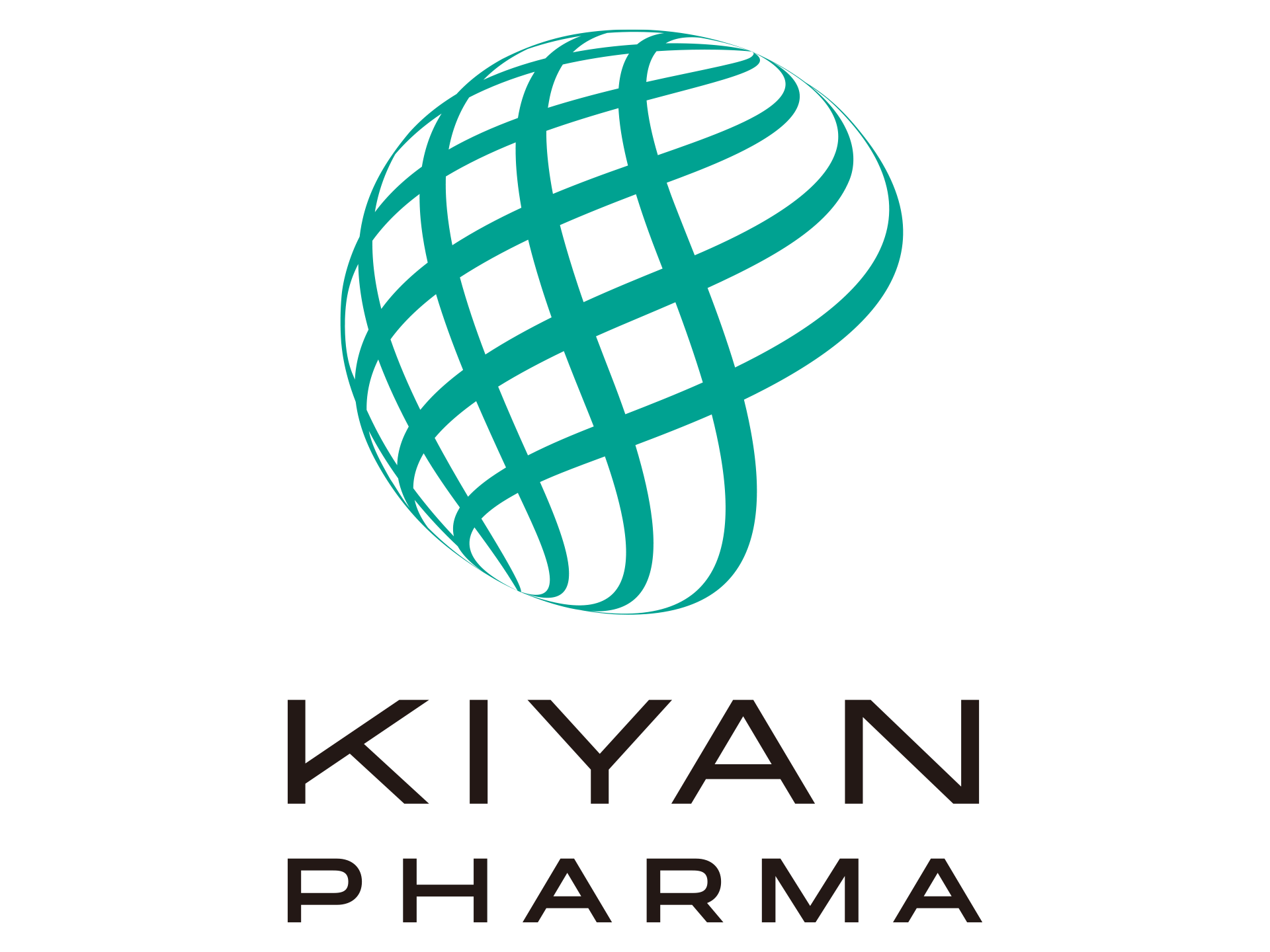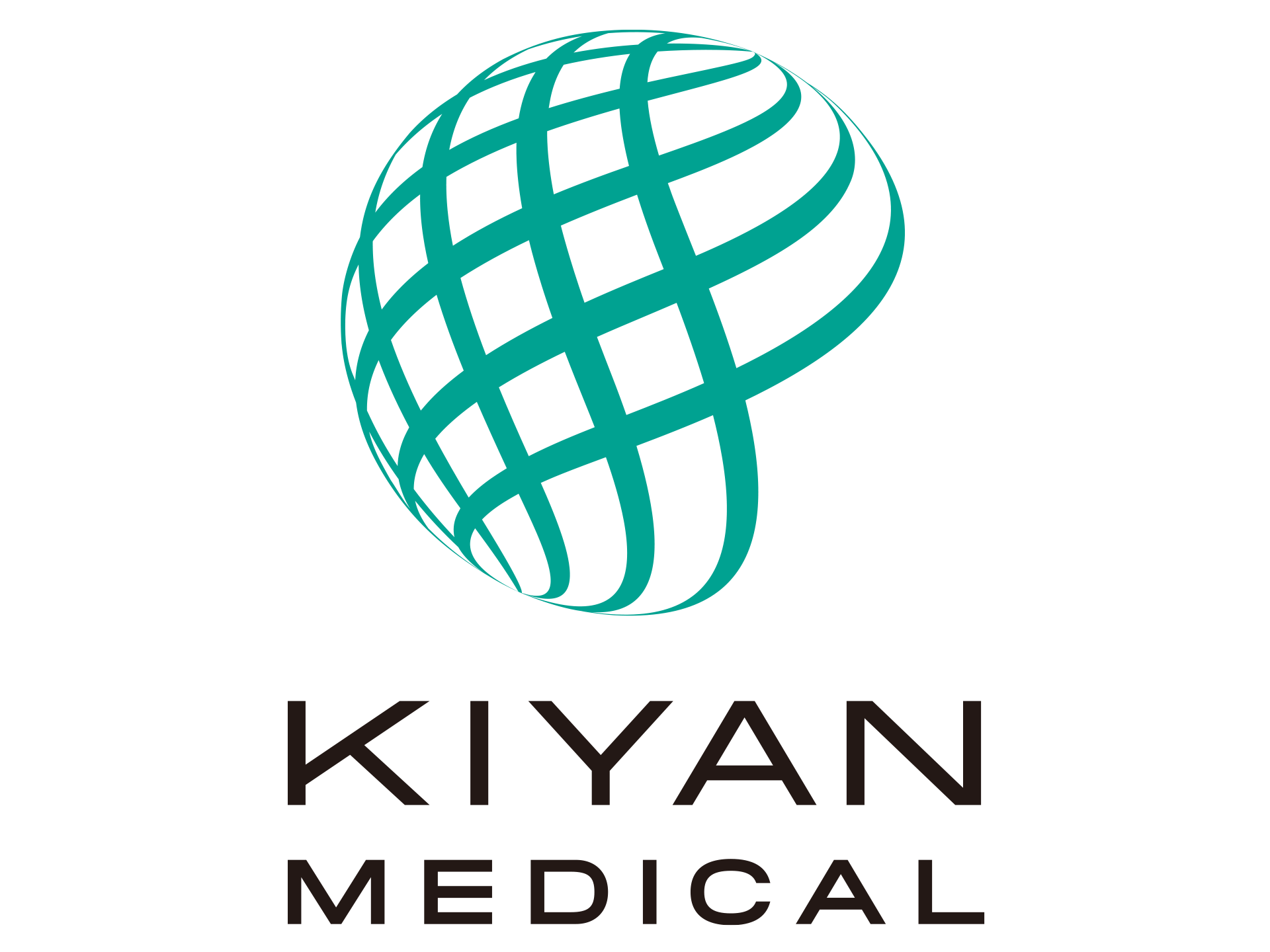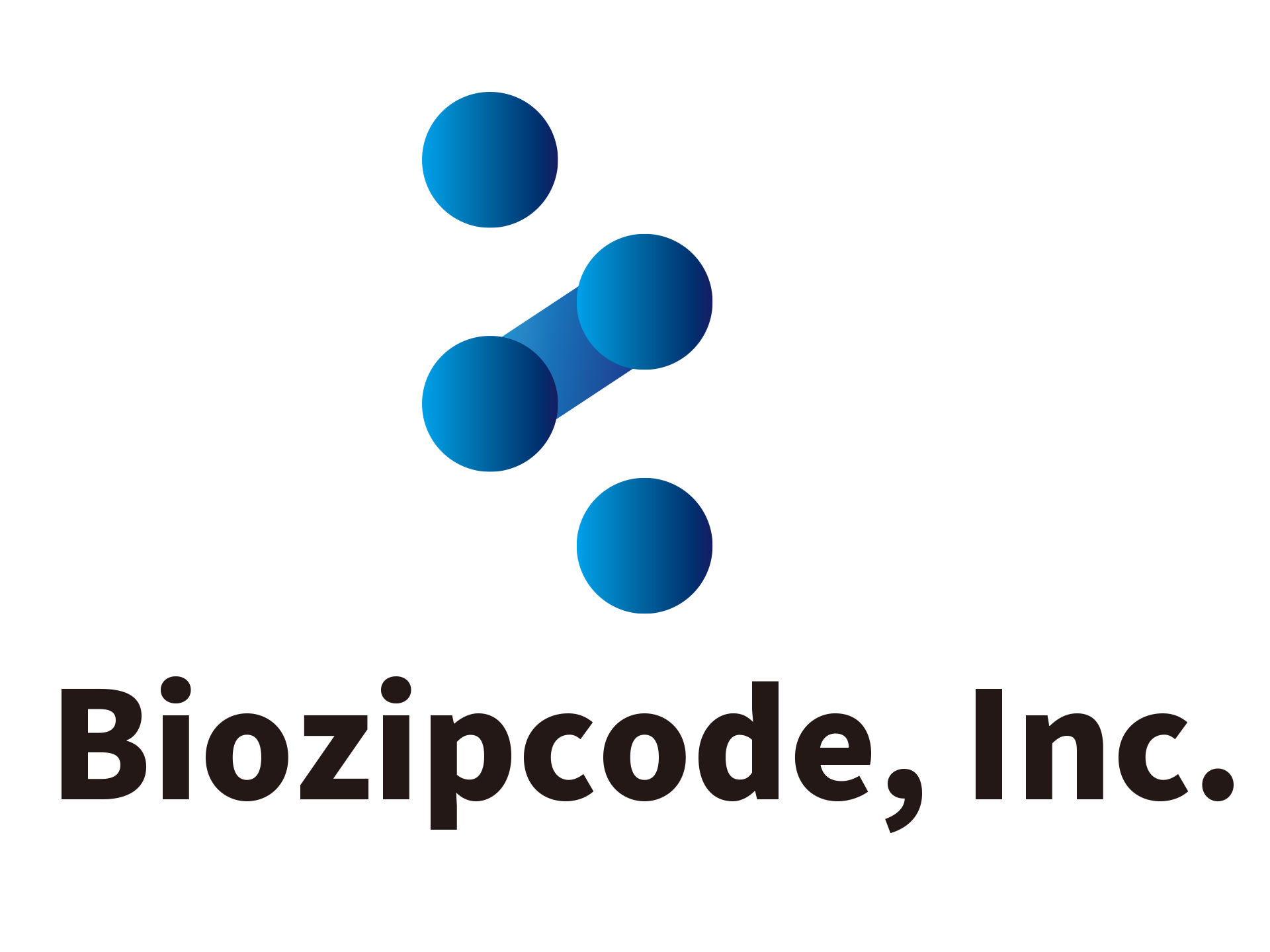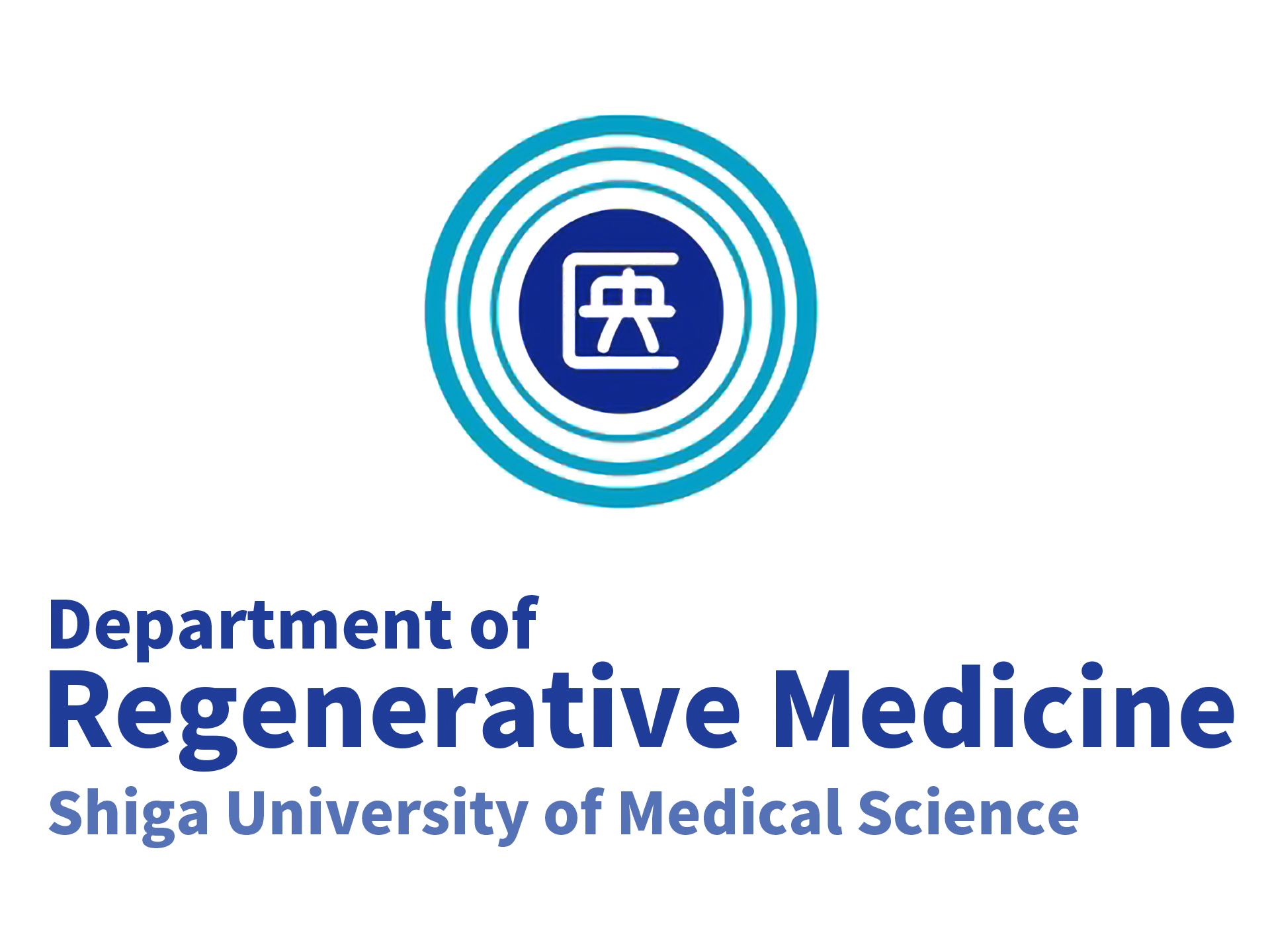Overview

This project aims to develop a method to completely cure diabetes. Current treatments focus on balancing blood sugar levels, but they do not completely cure diabetes itself. Furthermore, there are problems with diabetes and its complications being difficult to treat once they occur.
To solve this issue, we are focusing on the specific cells that are the root cause of diabetes. First, we will create a new diagnostic agent to find these cells. Then, we plan to work on the development of a new drug to completely cure diabetes. Our goal is to find a true cure for diabetes.
Points

Point 1: There are 537 million people living with diabetes in the world
One in ten adults has diabetes. One in five elderly people have diabetes.
Diabetes accounts for more than 10% of the world’s total medical expenses, costing nearly 135 trillion yen, putting pressure on the global medical economy.
Point 2: Currently, diabetes is a disease that cannot be cured once it develops.
Currently, even specialists are not saying that it can be cured. Diabetes is generally recognized as a disease that cannot be cured once it develops.
Diabetes treatment is a coping therapy called blood sugar control, and there is still no “cure drug” yet.
Point 3: However, our research found that diabetes can be completely cured.
Oral administration of insulin and HDAC inhibitors*
*Alternatively, complete cure has been demonstrated in experiments on mice by intravenous injection.
Actually, the pancreas is not the direct cause, but an abnormality in hematopoietic stem cells in the bone marrow.
Therefore, it may be possible to completely cure diabetes with oral medication.
[Point 1: Diabetic population in the world]
– There are 537 million people living with diabetes in the world –


Diabetes is a global problem. More than 1 in 10 adults worldwide have diabetes, and in some countries, 1 in 5 people are diabetic.
Looking at the numbers specifically, in 2000, among adults aged 20 to 79, 151 million people (4.6% of the global population) had diabetes. However, this number has now increased to more than three times, reaching 537 million (10.5%).
If the increase continues at this rate, it is estimated that 643 million people (11.3%) will have diabetes by 2030, and 783 million (12.2%) by 2045.
The number of people with diabetes is rapidly increasing and is likely to continue to rise, making it a highly concerning disease.
[Point 2: Drugs that completely cure diabetes]
– Currently, diabetes is a disease that cannot be cured once it develops –
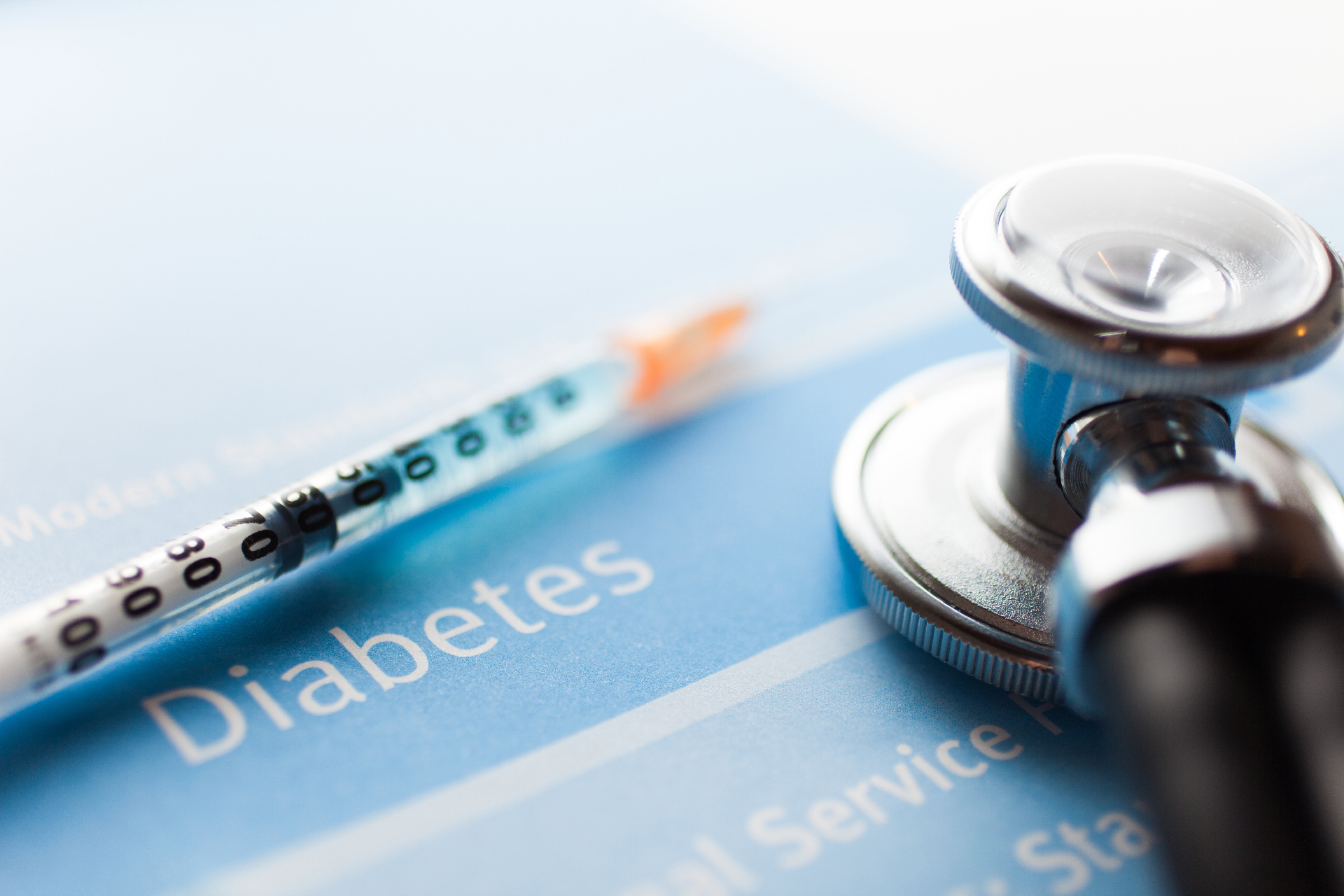
The development of a cure for diabetes is a significant advancement that brings new hope to this disease, which currently has limited treatment options. Diabetes is considered difficult to cure with current medical knowledge once it has developed. Patients must continuously manage their blood sugar levels and face the risk of complications throughout their lives. However, if the development of a cure is successful, it could fundamentally solve these challenges and dramatically improve the quality of life for patients.
We are engaged in the research and development of this groundbreaking treatment. By providing a cure for diabetes to the market, we contribute to the improvement of patient health and well-being, as well as to the reduction of medical costs and the alleviation of socio-economic burdens. Diabetes is a global health issue, and solving it benefits society as a whole.
Our mission is to provide innovative solutions to the longstanding medical challenge of diabetes. To achieve this goal, we are pursuing cutting-edge research and approaches based on the needs of patients. We continue to work tirelessly to bring new hope to diabetes patients.
[Point 3] Papers and research results
– Our research shows that diabetes can be completely cured –


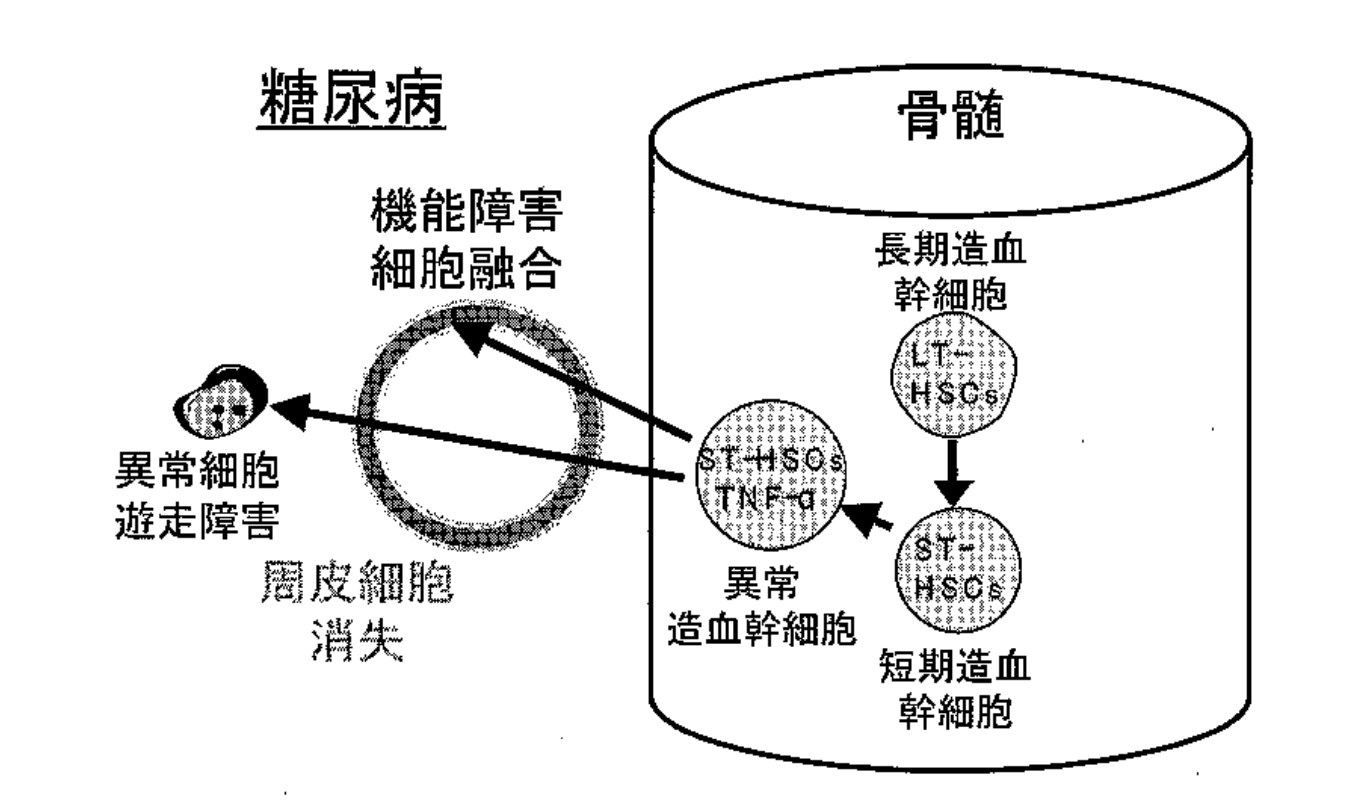
Our research has shown that diabetes can be completely cured, and that diabetes and its complications can be completely cured (remitted) through treatment. In addition, all of this has been proven in a paper, and the results have been accepted.
It has been discovered that hematopoietic stem cells in the bone marrow, which differentiate into blood components, become abnormal due to high blood sugar, and this abnormality, either persisting or being remembered by the cells, is the cause. It is now possible to return to normal (i.e., to cure) by eliminating these cells with medication.
The answer to the question, ‘Why do drugs (HDAC inhibitors) work?’ is also the answer to the question, ‘Why wasn’t diabetes curable before?’
Due to high blood sugar, hematopoietic stem cells exhibit abnormal expression of HDAC, and these cells migrate to various organs, destroying cell and tissue functions. Therefore, as a solution, treatment involves directly applying medication to eliminate these abnormal hematopoietic stem cells.
Business Development



Strategies for diabetes cure and therapeutic drugs
As HDAC inhibitors are already on the market for other therapeutic effects (meaning they are already commercially available), their safety as a drug is assured. Therefore, the development cost and duration will not be as extensive as for a new drug, and we will conduct clinical development for the ‘diabetic treatment effect’ which is a different use from the original purpose of the drug. Through clinical trials, we will evaluate and verify efficacy and safety, apply for approval to the authorities, and finally aim to obtain manufacturing and marketing approval as a pharmaceutical product from the country.
Since this drug is also effective against diabetes complications (such as nephropathy, retinopathy, and neuropathy), we will conduct clinical development for these as well. Meanwhile, we will develop a new drug superior to existing HDAC inhibitors while advancing the above project.
Our goal is to start Phase I trials in 2024 and enter Phase III trials in 2025. Furthermore, as the approval process for veterinary medicines for animal pets differs from human clinical trials, it can be approved more quickly, and we aim to bring it to market sooner.
In Japan, we aim to confirm the pharmacological effects in Phase IIa trials of clinical trials on our own. In addition, we plan to conduct clinical trials abroad in collaboration with overseas companies. Our company, by capturing 1% of the global market share in diabetes treatment, anticipates annual sales of around 1 trillion yen, so instead of aiming for a listing, we are looking to expedite the sale of the drug through partnerships with pharmaceutical companies and others.
Development of new diagnostic agents for diabetes
We are developing a new diagnostic drug that identifies the abnormal stem cells causing the incurability of diabetes. This will enable a clear-cut decision, replacing traditional measures such as fasting blood sugar levels and Hemoglobin A1C (HbA1C) values. The introduction of a new diabetes diagnostic drug into the market would represent a significant advancement in the medical industry, creating various impacts.
However, the introduction of this new diagnostic drug, while leading to improved diagnostic accuracy, may also necessitate changes in the current insurance system and regulatory environment. Therefore, we aim for a phased introduction and adoption, initially focusing solely on the indicators of remission in patients already diagnosed with diabetes.
Development of drugs for treating diabetes and its complications for pets
The pet-related market is predicted to be around 13 trillion yen, suggesting a considerable market size for pharmaceuticals for pets. The market for pet pharmaceuticals is also estimated to be in the trillions of yen. (Often, pharmaceuticals designed for humans are used for pets, but there are companies that solely focus on pharmaceuticals targeted at pets.)
Unlike human medications, pharmaceuticals for pets do not require a process of several years of clinical trials and can be approved solely by the Ministry of Agriculture, Forestry, and Fisheries.
FAQ
FAQ
We are happy to answer frequently asked questions about Biozipcode’s business. If your question is not covered in the FAQ, please feel free to contact us through our inquiry form.
Are you interested in our business?
Are you interested in our business?
Medical professionals, investors, and members of the press, please feel free to contact us by filling out the necessary information in the email form. Our representatives will get back to you promptly.
Medical professionals, investors, and members of the press, please feel free to contact us by filling out the necessary information in the email form. Our representatives will get back to you promptly.

